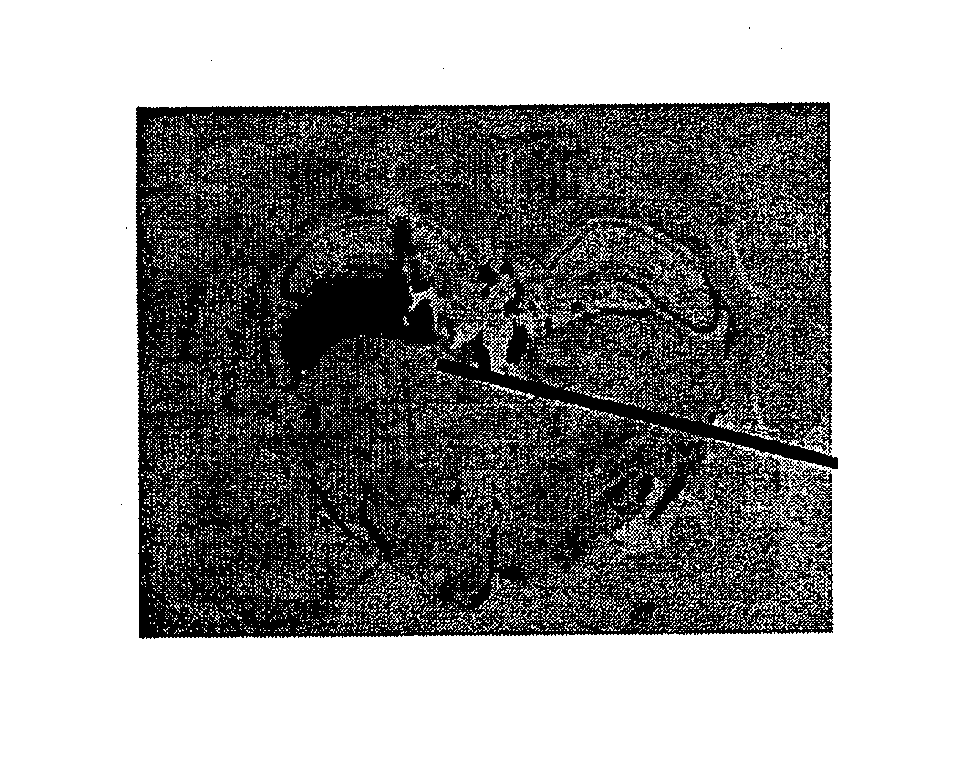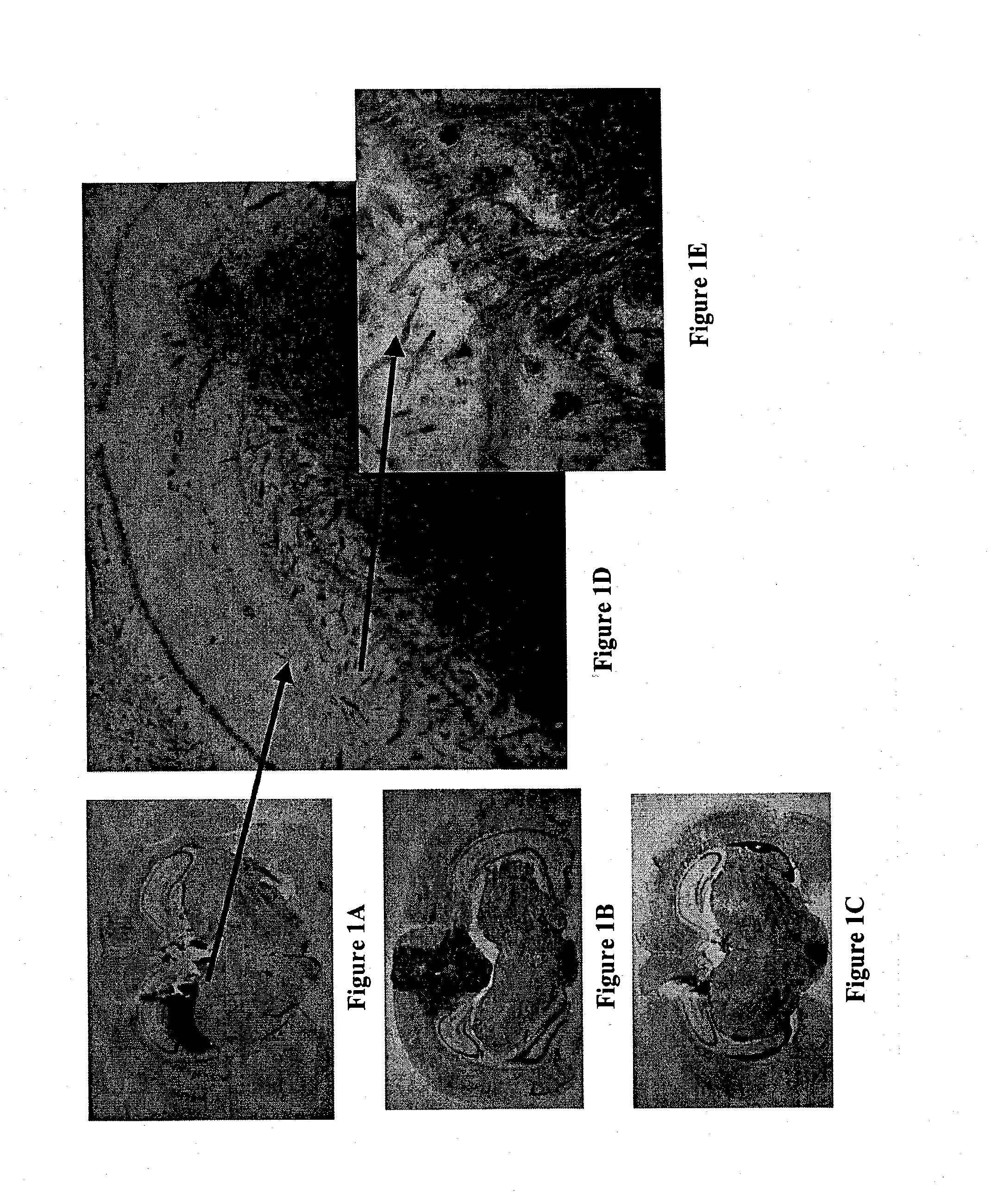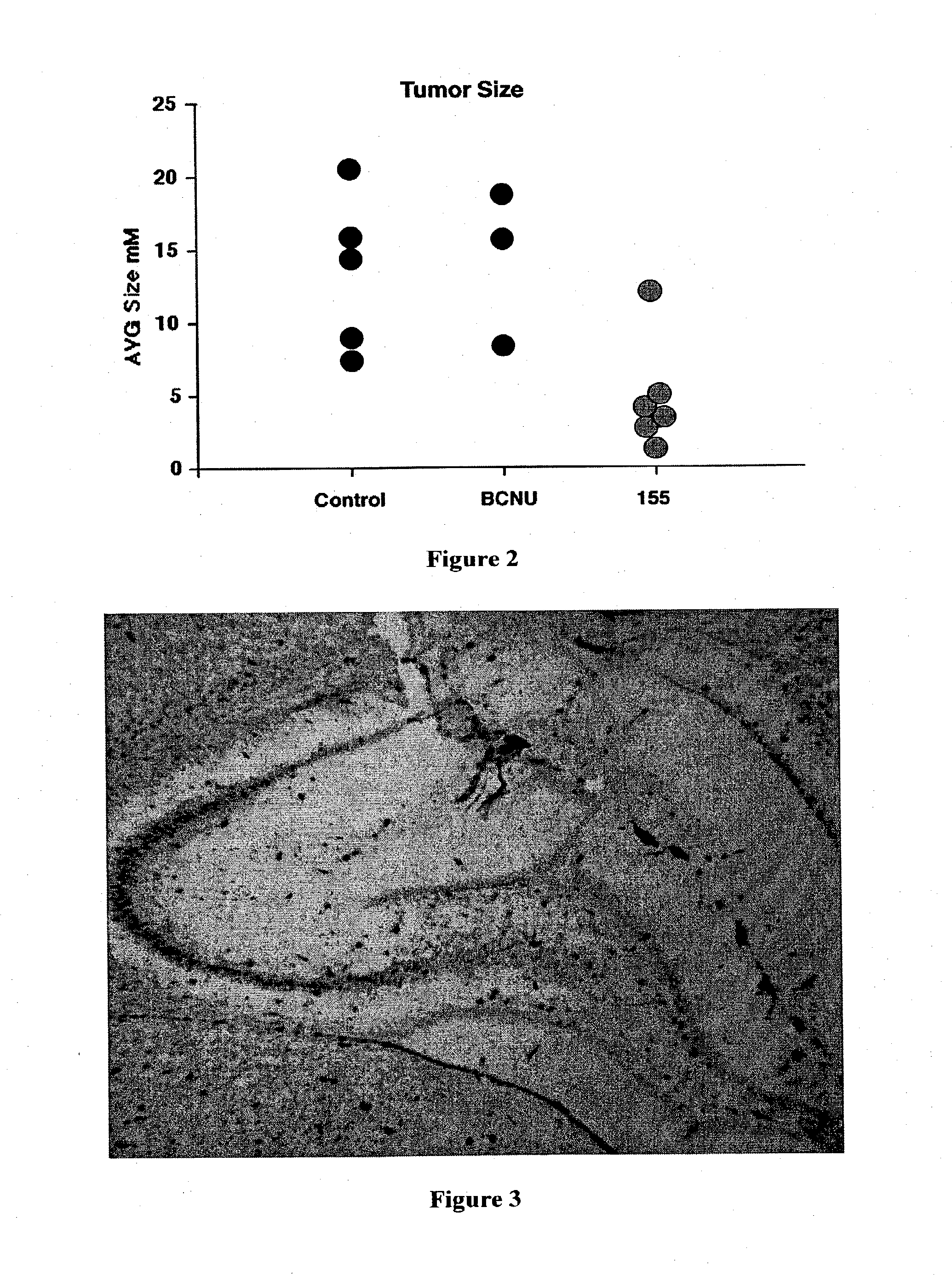Substituted tetrahydroisoquinoline compounds, methods of making, and their use
a technology of isoquinoline and substituted tetrahydroisoquinoline, which is applied in the direction of heterocyclic compound active ingredients, biocide, drug compositions, etc., can solve the problems of not being able to approve many new drugs for treatment, the use of adjuvant chemotherapy is currently controversial, and the prognosis of most of the 17,500 brain cancer patients diagnosed annually is poor. , to achieve the effect of reducing the risk of brain cancer, reducing the risk of cancer
- Summary
- Abstract
- Description
- Claims
- Application Information
AI Technical Summary
Benefits of technology
Problems solved by technology
Method used
Image
Examples
example 1
Preparation of the Racemic 6,7-bis-hydroxy-1-biphenyl-4-ylmethyl-1,2,3,4-tetrahydro-isoquinoline hydrochloride
[0076] The intermediate 2-biphenyl-4-yl-N-[2-(3,4-bis-benzyloxy-phenyl)-ethyl]-acetamide (1) was prepared as follows: To a stirred solution of 2.85 g (7.7 mmol) of 3,4-dibenzyloxyphenethyl amine and 1.49 g (7 mmol) of 4-biphenylacetic acid in 20 ml of anhydrous dimethylformamide at 0° C., 2.5 ml (17.7 mmoles) of triethyl amine was added dropwise and then 1-4 ml (7.7 mmol) of diethyl cyanophosphonate (90% purity) was added dropwise. The reaction mixture was stirred for 22 hours and allowed to reach room temperature, and then it was poured into 300 ml of water. The precipitated solid was separated on a glass filter funnel, washed with water (3×70 ml), and air-dried overnight. This solid was recrystallized using hexanes / ethanol mixture to provide 3.1 g (84%) of grayish crystals, mp 142-144° C.
[0077] 6,7-bis-benzyloxy-1-biphenyl-4-ylmethyl-1,2,3,4-tetrahydro-isoquinoline hydr...
example 2
Chiral Separation of 6,7-bis-hydroxy-1-biphenyl-4-ylmethyl-1,2,3,4-tetrahydro-isoquinoline hydrochloride
[0079] The chiral separation of the racemic mixture prepared in Example 1 was done on HP 1100 HPLC system using reversed-phase ChromTech Chiral-AGP column (150×4 mm). The column was operated in isocratic mode at a rate of 0.9 mL / min using a mobil phase of 7% acetonitrile in 10 mM sodium phosphate buffer, pH 5.5.
example 3
In vivo Testing of 6,7-bis-hydroxy-1-biphenyl-4-ylmethyl-1,2,3,4-tetrahydro-isoquinoline hydrochloride
[0080] A rat model system was developed to examine the in vivo efficacy of the compounds of the present invention.
[0081] The first step was to produce a cell line with a marker gene. A rat C6 glioma cell line was selected and stably transfected with a beta galactosidase construct. These cells were cultured and prepared to be injected into the brain of adult Sprague-Dawley rats to simulate in vivo tumor development.
[0082] The animals were anesthetized and a cannula was placed into the brain. Approximately 5×104 glioma cells were injected through the cannula. The cannula was then attached to an osmotic mini pump containing one of three treatment solutions: Hanks Balanced Salts (HBSS), HBSS plus 10 μM BCNU or HBSS with 7 μM 6,7-bis-hydroxy-1-biphenyl-4-ylmethyl-1,2,3,4-tetrahydro-isoquinoline hydrochloride. The mini osmotic pump delivered 1 μl / hr for 7 days. With the tubing used to ...
PUM
| Property | Measurement | Unit |
|---|---|---|
| size | aaaaa | aaaaa |
| area | aaaaa | aaaaa |
| electron microscope | aaaaa | aaaaa |
Abstract
Description
Claims
Application Information
 Login to View More
Login to View More - R&D
- Intellectual Property
- Life Sciences
- Materials
- Tech Scout
- Unparalleled Data Quality
- Higher Quality Content
- 60% Fewer Hallucinations
Browse by: Latest US Patents, China's latest patents, Technical Efficacy Thesaurus, Application Domain, Technology Topic, Popular Technical Reports.
© 2025 PatSnap. All rights reserved.Legal|Privacy policy|Modern Slavery Act Transparency Statement|Sitemap|About US| Contact US: help@patsnap.com



